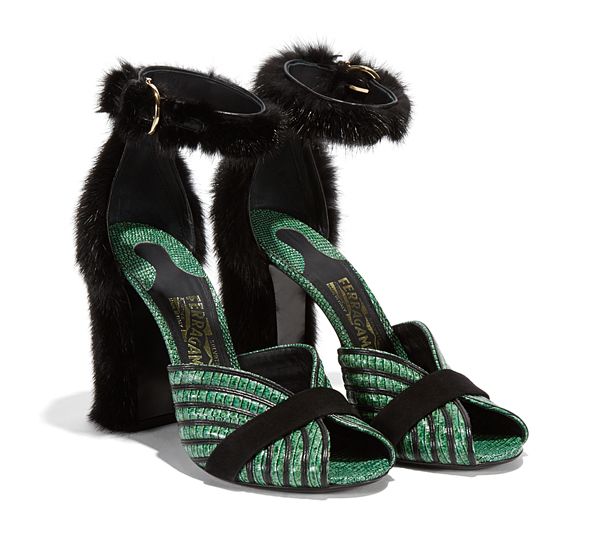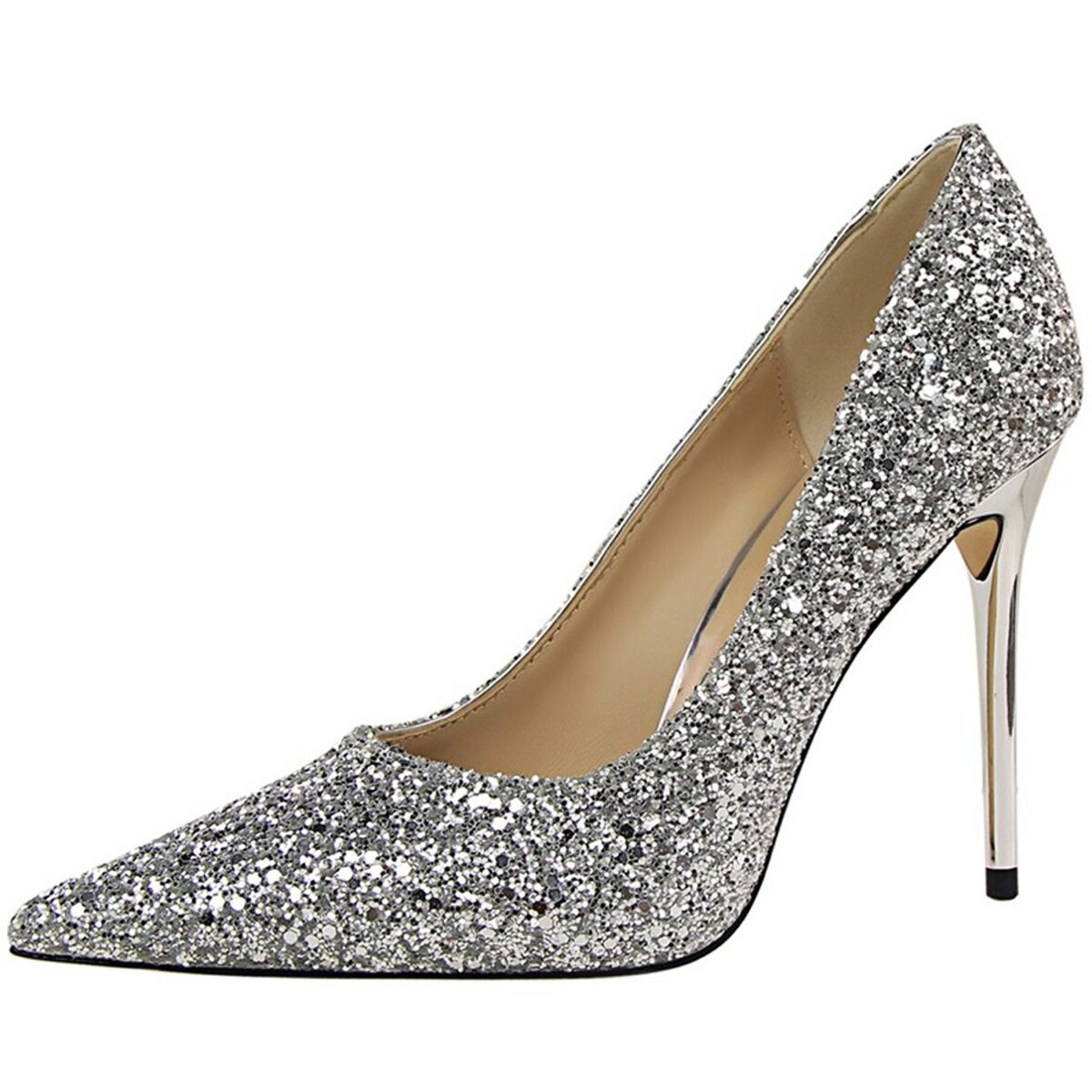Shoes…
Almost everyone loves shoes…they are an essential accessory, especially in cold areas. They are a symbol of elegance and sensuality.
And now, a bit of the history of Italian shoes.
The craftsmanship of Italian shoes is rich and fascinating. It is believed that Roman sandals were the first footwear specifically designed to fit the foot. Made with cork soles and leather straps or laces, the sandals were the same for men and women. Some military sandals known as “caligae” used spiral nails to reinforce the soles.
Shoes in ancient civilizations, and even not-so-ancient ones, had some important design differences compared to their modern counterparts.
In the Middle Ages, people wore clogs, leather shoes (for the nobles), or simple pieces of fabric wrapped around the foot.
But the Renaissance period marked the evolution: the shoes became a declaration of a person’s income and level of prestige. A higher-ranking member of society would wear shoes with an obnoxious toe length. Those of the highest levels of prestige would actually wear shoes that were up to two and a half feet long from toe to heel. Some toes were even forced to point up by attaching chains to the knee.

Prior to 1850, most shoes were built on completely straight lasts (foot-shaped forms on which shoes are built and repaired), which meant that the right and left shoes were practically the same. On the upside, this made them interchangeable. On the downside, they were probably much less comfortable. French shoemakers came up with the idea of adding small labels on the insoles of shoes: “Gauche” for the left and “Droit” for the right. Although the shoes were still both straight-lasted, as the French style was considered the pinnacle of fashion, other countries rushed to emulate the trend.
By the end of the 19th century, low-heeled shoes began to lose favor more and more, and at the beginning of the new century, higher heels experienced a huge revival. However, not everyone was willing to suffer for fashion.
In the 1910s, morality and fashion were increasingly at odds. Good girls were expected to adhere to a set of strict rules, including those established regarding the height of women’s shoe heels. Anything taller than three inches was considered “indecent.”
Salvatore Ferragamo was one of the most innovative shoe designers of the 20th century. His wedge sandals, often imitated and reinvented, are considered one of the most important shoe styles of the 20th century. In the 1930s, he began experimenting with unusual materials such as kangaroo leather, crocodile skin, and fish skin.

Stiletto heels (named after the Sicilian fighting knife) became popular in the 1950s when the curvaceous “hourglass” female figure regained popularity.
Moccasins have long been considered a shoe for the hoi polloi (ordinary people, peasants) in America, but the style was reinvented in 1953 by Maison Gucci. Aldo Gucci, son of the founder Guccio, established the success of the moccasin as a quality genderless accessory.
Italy became famous for shoe production, thanks to its long artisanal tradition and the quality of materials used. The foothills of the Veneto region are known for shoe production, a tradition that began during the period of the Great War, when the production of military footwear spread in the Trevigiano area to support the soldiers.
Italian labels working on a small and medium scale often have preserved their old workshops and opened new laboratories throughout the country. They all use precious materials such as smooth calf leather, kid leather, and suede. The “Shoe Valley of Eden” is located between the provinces of Ascoli Piceno and Macerata, representing the largest Italian footwear district.
And that’s how shoes tell us their story…

3 replies on “Shoes”
Thank you Lea!! This was very interesting, I love shoes and now I know more about their story!!
I loved learning about the evolution of shoe production and the “Shoe Valley of Eden”. Thanks, Lea!
Thank you!